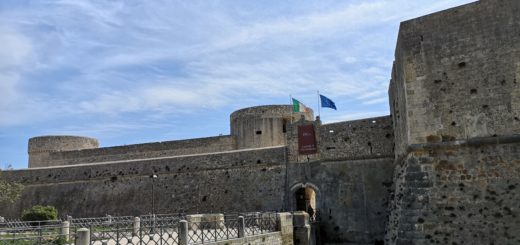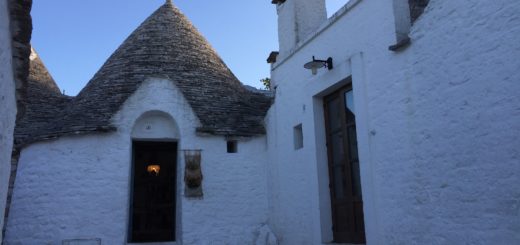Senigallia, the Velvet Beach

Good morning everyone,
I am in Italy, in Senigallia, a little town near Ancona in the Marche region. Senigallia is a touristic city of about 50,000 inhabitants that lies on the Adriatic coast in front of Croatia.
My friends and fans 🙂 or at least who knows me quite well knows that Senigallia is my home town, the place where I grew up before deciding to travel the world and change my base to London .
Senigallia is often defined in tourist guides as “a charming seaside town”. I have to say that I agree with that as it is a very cute place where you can spend some holiday and relaxing time. Senigallia has 12 kilometres of what it is called the “velvet beach.” I must admit that it is a very nice city, a place where you can live without stress having an easy and relaxing life. It has also a very evocative Renaissance historical centre. In more than 20 years that I have lived abroad I have witnessed all its transformations and I have to say that they have been mostly positive.
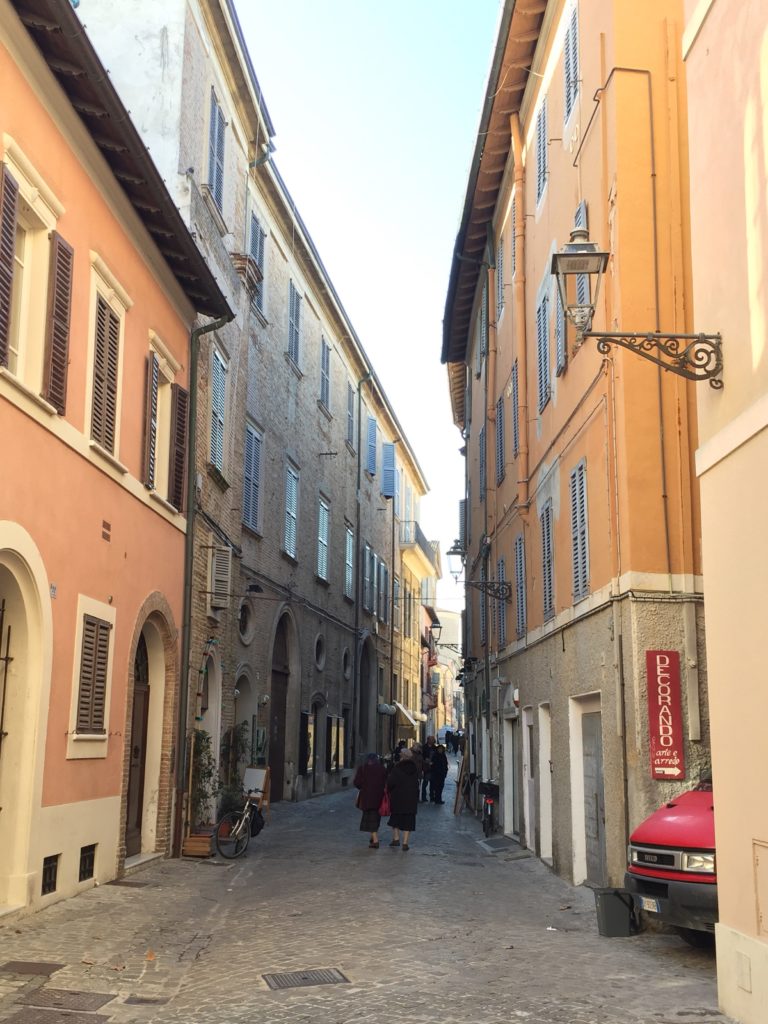
Let’s start with a bit of history of the city….. Senigallia (in dialect S’nigaja) was founded at the end of 300 a.c.
by the Senoni Gauls who, with their tribal chief Brenno, settled in this region and in this town in particular to prepare the attack on Rome . Senigallia then became a Roman colony. After that it was sacked by the Lombards with their king Alaric around the fourth century and then remained under the Byzantine reign until the end of the fourteenth century when Pope Gregory IX decided that it could be used as a watchtower over the sea. At that time Senigallia was nothing more than a small village perched around a Roman fortress in the middle of a salty and unhealthy marsh. The Pope Gregory IX ordered a reclamation of the territory and slowly the city began to recover in the fifteenth century, under the family of Rimini Malatesta. Subsequently, Senigallia continued to expand under the Malatesta and Della Rovere families both from an architectural and urban point of view, enriching itself with important buildings and new areas.
In the 18th century the fair of Senigallia, also called “Fiera della Maddalena”, became the main development strenght of this city thanks to the free trade. This allowed Senigallia to become for over 150 years the meeting point of the commerce and culture of the Levantine nations and central Europe. In the first decades of the 1900s, however, Senigallia established itself as a touristic city. The famous “Rotonda of Senigallia”, built on the Levante promenade in 1933, became the symbol of the city and its touristic image.
There are many things to do in Senigllia such as going around the city, visit its architectural beauties, drink a good coffee at the bar, have a drink before lunch or dinner (aperitivo) or stop in one of the many restaurants, at the seaside or in the city. Moreover, for those who have time, the surroundings of Senigallia can be another starting point both for visiting old historical towns or for discovering new places to eat. This is Italy …. you are in the country of good food and good wine and so … you need to take advantage of it !! 🙂
For exemple, you could start with a “vasca” (pool) along the “Corso 2 Giugno”. I know this could sound strange but I am now going to explain what this means for us 🙂 Making a “pool” means taking a ride along this street called Corso 2 Giugno, which is closed to cars. Here you can stop for a coffee or an aperitif in one of the bars or do some shopping/”window shopping” (depending on your current economic situation) or just walk around and meet people. Since I was a student the corso has been a meeting point for the guys (young and not) of the city who meet in the afternoon to have a chat or eat pizza. The centre of Senigallia has also some beautiful architectural monuments to visit, for exemple the Piazza della Rocca Roveresca, la fontana dei Leoni (the Lions Fountain ) or the Palazzo Baviera.
Rocca Roveresca

The Rocca Roveresca is an architectural building that is the result of various construction phases that have taken place over the centuries, starting with the first Roman defensive tower. Then it was enlarged under the Malatesta family and again modified during the Renaissance period, whose restructuring style predominates over all. Its current structure has been made by Giovanni Della Rovere, lord of the city from 1474 to 1501. The rocca was initially used as a prison and subsequently rented to the nuns of the Protectorate of San Giuseppe to shelter and care for the abandoned children. This big fortress is now one of the symbols of Senigallia, open to the public and often used as a museum destination.
On the right of this fortress you can see the Palazzetto Baviera, an old fourteenth-century house that was restored in 1474 by Giovanni Giacomo Baviera. On the first floor there are five main rooms with stucchi made by Federico Brambani and depicting the history of humanity with episodes of the Trojan war, the labors of Hercules, scenes from the Old Testament and of the Republican and Imperial Rome.
Portici Ercolani

The Ercolani arcades are monumental white marble arches that rise on the side of the Misa River and once the seat of representatives of foreign merchants who used the port of Senigallia for trade with the Pontifical State. The arcades extend from the borehole up to the bridge that leads from the Piazza del Duomo to the Stadium area, to the north of the city by means of 126 Istrian stone aracades.
Foro Annonario

Foro Annonario is an impressive testimony of the neo classic Marche, built in 1837, designed by the architect Senigalliese Pietro Ghinelli. This building was used as a food market in the city and it had a large covered fishmonger. Recently, the forum has been restored and is now a wonderful place. Various events are hosted in the annonario forum, especially in summer, thanks to its shape that looks like a theater. The forum hosts many places where you drink an aperitif, eat or have an ice cream. One of these is the The Ghinelli coffee which gets its name from the architect of this beautiful place.
Chiesa della Croce

A few steps from the corso and the almost hidden annonario hole, you can admire one of the most beautiful churches of the city, La chiesa della Croce. This church was built in 1609, probably designed by the architect Muzio Oddi for the Confraternity of the Sacrament and the Cross by Girolamo Marini da Barchi. The facade is sober and quite normal compared to the inside. The entrance door is engraved with the words of admonition of St. Augustine: “Erigis et fugit humilias te et venit ad te” – “if you exalt yourself, the Lord flees from you, if you are humble he comes to you “. The interior, on the other hand, can leave you truly amazed, as this is a baroque church with richly decorated walls with gilded wood paneling. The church is composed of a main altar and six side altars with works from the 17th and 18th centuries. Here you can admire a backdrop of Barocci, a statue of the dead Christ made of wood from the seventeenth century and four painting made by Giovanni Anastasi from Senigallia.
Piazza Garibaldi and the Duomo Church
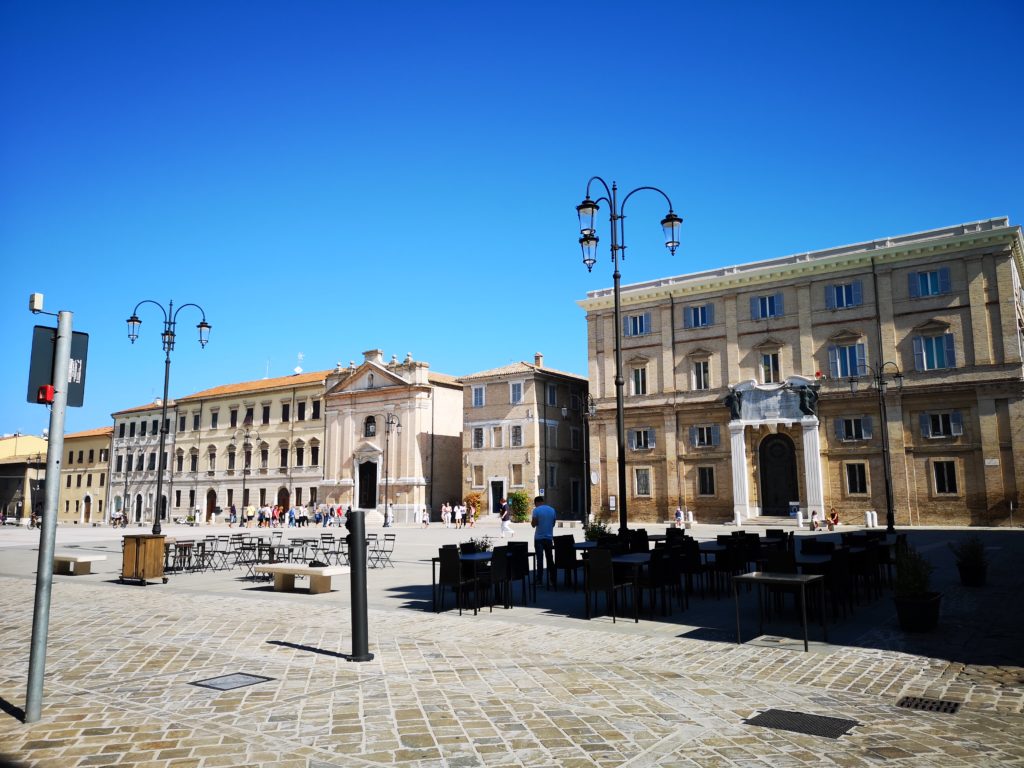
Piazza Garibaldi (to be clear that in front of the Duomo church and named by most Senigagliese as Piazza del Duomo) has just been renovated and I have to admit that the final result is really excellent. The square was previously used as a parking lot and, on Thursday morning, as an open space for the city market. Instead now the square is an open space, immense, almost reminiscent of the ideal Renaissance city preserved in Urbino.
This square, commissioned by Pope Lambertini, was built in the mid-1700s to give more space to the great international fair for which Senigallia was famous.
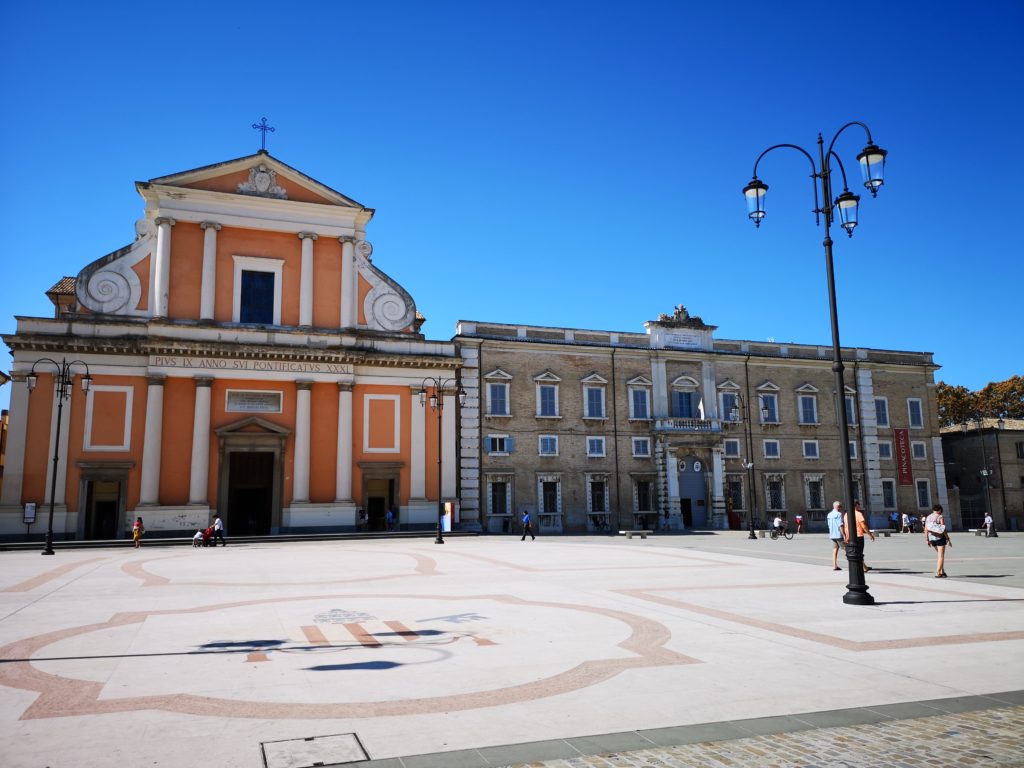
On the west side of the square stands the Cathedral, a classical Latin-cross basilica with three naves, with the façade built in the 1800 by the Pope of Senigallia Pius IX and, on the opposite side of the cathedral, is the Auditorium of San Rocco. On the north side there is the fine porticoed façade of the Palazzo Micciarelli, known as the Filanda, where generations of women and children worked silk looms.
The Duomo church overlooks this square. The Cathedral is divided into three naves on a Latin cross plan with an imposing neoclassical façade.

